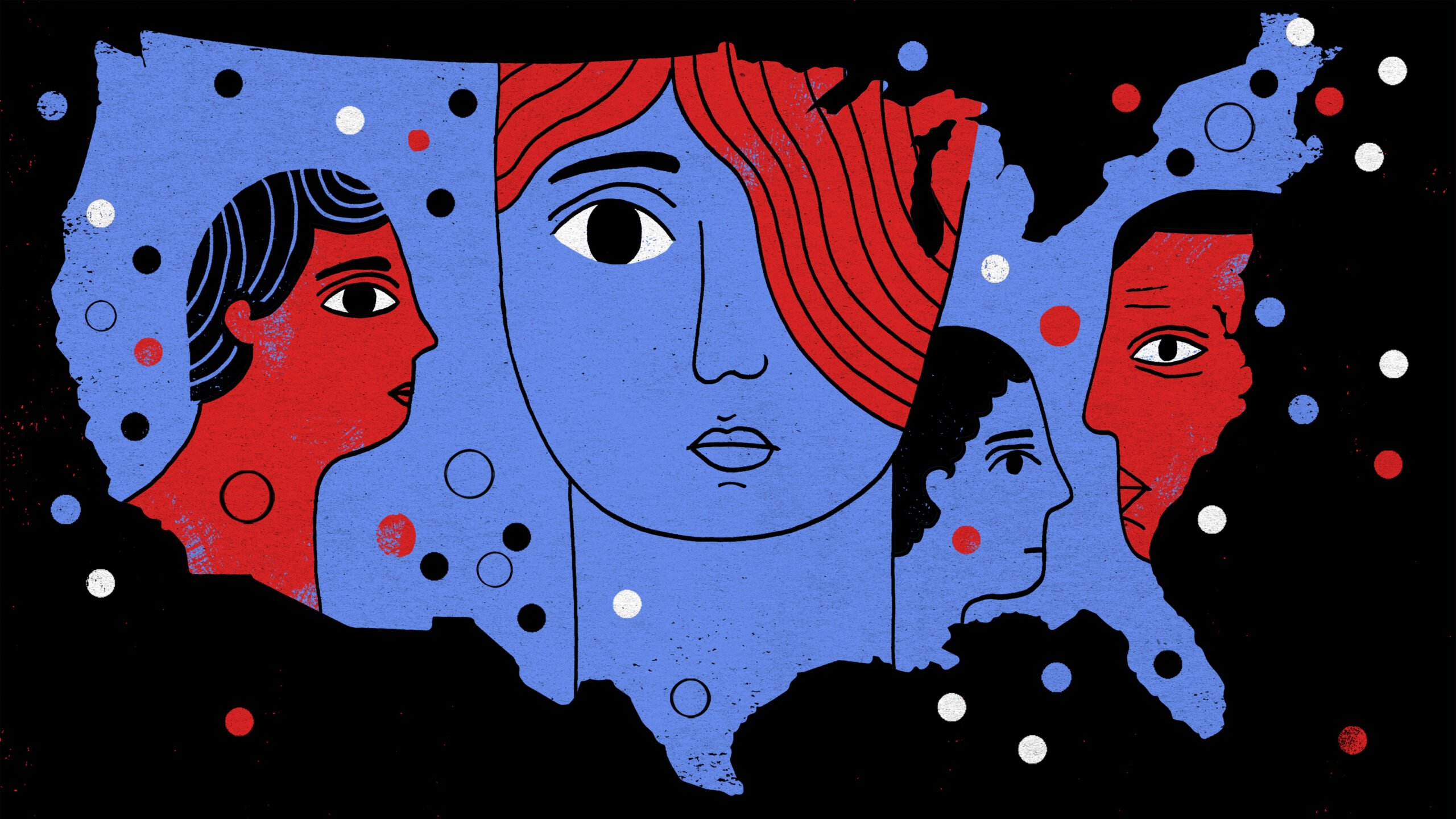What To Know Today
Murders in St. Louis fell sharply last year. But some killings were not counted. The city, which has one of the nation’s highest murder rates, saw a 25-percent drop in homicides last year. But as ProPublica/APM Reports uncovered in a must-read investigation, the city’s police have simultaneously started classifying more killings as “justifiable homicides,” a designation that leaves them out of the year-end murder tally (and in some cases counter to FBI guidelines). From 2010 through 2019, the city police classified an average of six killings a year as “justifiable homicides.” In 2020 and 2021, that jumped to at least 17 and 22, respectively. While prosecutors have final say on whether to charge someone with murder, the police themselves decide whether to classify a homicide as justifiable or criminal. The increased amount of “justifiable homicides” doesn’t change the reality of St. Louis’ large murder decline in 2021. “But it adds important context to that picture,” according to the investigation, “showing the city’s murder count is becoming less reliable.”
Just half of the murder cases Chicago police cleared last year led to charges. In 2021, as the city reached its highest homicide levels since the early 1990s, a rare bright spot was that the police greatly increased the number of murder cases they closed, or cleared: more than 400 of 797 murders. But a new analysis by The Chicago Sun-Times shows that 199 of those cleared cases didn’t lead to charges. Moreover, one of out seven cleared cases were from murders committed more than 10 years ago. In the end, the police made arrests in fewer murder cases last year than in 2020, when 209 people were charged. “It’s really kind of a negative, downward spiral,” said a researcher at John Jay College of Criminal Justice in New York who studies clearance data. “When a community doesn’t see murders getting solved, they’re less likely to help the police … And when the police see that the community isn’t stepping up to help, they’re going to question how much energy and brain power do they want to put into a case.” From the Trace: In 2019, we reported on how most shooters go free in Chicago’s most violent neighborhoods, even as police make nonstop drug arrests.
‘I let them know that I care from day one’: A Memphis teacher talks hope, loss, and the scourge of gun violence. Adrian Hampton is one of Tennessee’s most acclaimed teachers in Booker T. Washington Middle and High School, one of the state’s most economically disadvantaged schools. Since the beginning of the school year, at least 23 children have died by homicide in Memphis, according to police data. Hampton confronts that reality all too often — the day before his recent interview with Chalkbeat Tennessee, one of his students was shot. “My dad’s a preacher, and he says all the time, all you can do is plant and water,” Hampton told the outlet. “You may not see the increase, but you know that you planted and watered, and that’s what teachers do.”
Colorado enacts ban on carrying guns at polling places. Governor Jared Polis signed a bill that restricts people from being armed within 100 feet of ballot drop boxes or at polling places. Supporters say the measure reduces the potential for voter intimidation. Colorado joins only a handful of states with laws restricting firearms at polling places, as The Trace reported in 2020.
Data Point
14 percent — the drop in suicides among people 24 and younger in Oregon in 2020. That year, the state went from the nation’s 9th highest suicide rate to the 13th, according to the latest CDC data. “Guns are the most lethal form of suicide attempt,” said Oregon Health Authority analyst Jill Baker. Baker is working with other suicide prevention advocates who are focusing on improving Oregonian’s access to safe gun storage. [Oregon Public Broadcasting]
[See our resource guide if you’re experiencing suicidal thoughts or depression.]

